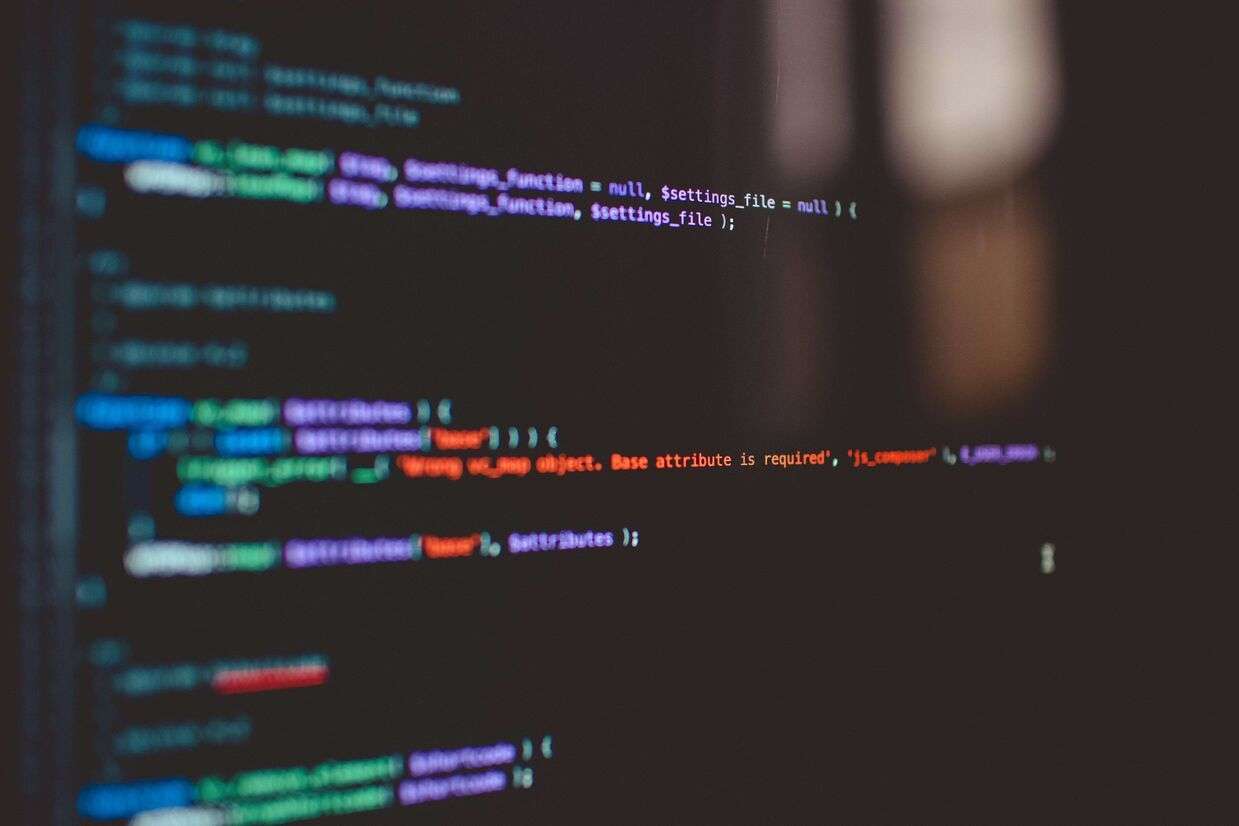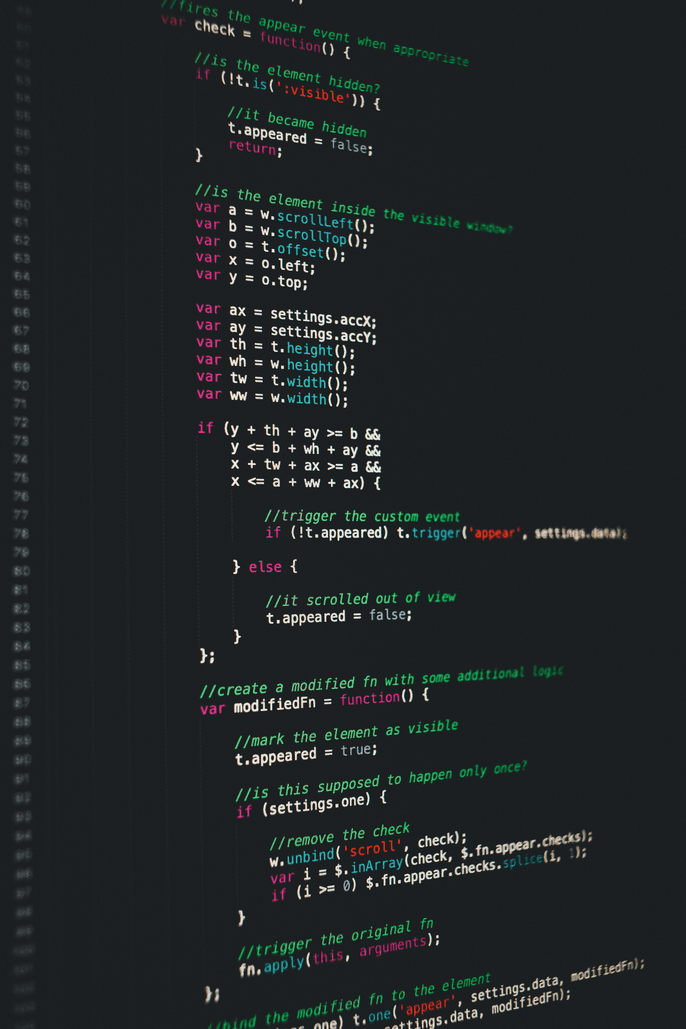
Laravel has earned its reputation as one of the most powerful PHP frameworks, offering a wide array of features that streamline backend development. However, modern web applications often require dynamic, interactive front-end experiences that can be best achieved using JavaScript frameworks. Fortunately, Laravel integrates seamlessly with several popular JavaScript frameworks, enabling developers to build robust applications that leverage the strengths of both technologies. In this article, we’ll explore how Laravel works with popular JavaScript frameworks like Vue.js, React, and Angular, enhancing the development experience and application performance.
Laravel and Vue.js: A Perfect Match
Vue.js is a progressive JavaScript framework designed for building user interfaces. Laravel and Vue.js complement each other perfectly, making it easy for developers to create rich, reactive applications. Here’s how they integrate seamlessly:
-
Inertia.js: This library enables developers to build single-page applications (SPAs) using Vue.js alongside Laravel. Inertia acts as a glue, allowing developers to create routes in Laravel while rendering Vue components, making it easier to maintain a cohesive structure.
-
Laravel Mix: Laravel Mix simplifies asset compilation, allowing developers to easily compile Vue components and other assets like JavaScript and CSS. With a straightforward API, developers can set up their build process without delving into complex configurations.
-
Blade Templates: Laravel’s Blade templating engine allows developers to embed Vue components directly into their views. This enables the creation of dynamic interfaces without sacrificing server-side rendering.
-
RESTful APIs: Laravel’s built-in routing and resource controllers make it easy to build RESTful APIs, which Vue.js can consume to render data dynamically. This separation of concerns leads to a clean architecture, enhancing maintainability.
Laravel and React: Building Dynamic Applications
React, developed by Facebook, is one of the most widely used JavaScript libraries for building user interfaces. The integration of Laravel with React opens up possibilities for creating fast, responsive applications. Here’s how Laravel and React work together:
-
API-Driven Development: Laravel excels at creating RESTful APIs, and React is perfect for consuming these APIs. By leveraging Laravel's routing and Eloquent ORM, developers can expose data to React components seamlessly.
-
Laravel Sanctum: This package simplifies API authentication for SPAs. It provides a simple token-based authentication system that can be easily integrated with React, ensuring secure communication between the front end and backend.
-
Single-Page Applications (SPAs): Using tools like React Router, developers can build SPAs where Laravel serves as the backend API, handling requests and responses while React manages the user interface. This architecture enhances user experience by providing quick navigation without full-page reloads.
-
Livewire for Enhanced Interactivity: Laravel Livewire allows developers to create dynamic interfaces using Laravel's server-side rendering capabilities. While React provides a client-side approach, Livewire enhances Laravel applications by making it easy to add interactive components without heavy JavaScript reliance.
Laravel and Angular: Creating Scalable Applications
Angular, maintained by Google, is a powerful framework for building large-scale applications. When integrated with Laravel, Angular offers a comprehensive solution for creating complex front-end applications. Here’s how they integrate:
-
API Integration: Like with Vue and React, Laravel’s ability to create RESTful APIs makes it easy for Angular to consume data. The Angular HttpClient module simplifies HTTP requests, allowing developers to interact with Laravel’s endpoints effortlessly.
-
TypeScript Support: Angular is built with TypeScript, providing strong typing and tooling support. Laravel’s backend can expose TypeScript definitions through API responses, enabling a smoother development experience with type safety.
-
Modular Architecture: Angular’s modular architecture aligns well with Laravel’s MVC pattern. This separation of concerns facilitates collaborative development, allowing frontend and backend teams to work independently while integrating their work efficiently.
-
Testing Frameworks: Both Laravel and Angular have robust testing capabilities. Laravel supports PHPUnit for backend testing, while Angular provides tools like Jasmine and Karma for frontend testing. This unified approach to testing helps maintain application quality.
Benefits of Integrating Laravel with JavaScript Frameworks
The integration of Laravel with JavaScript frameworks offers numerous advantages for developers:
-
Separation of Concerns: By keeping the frontend and backend separate, developers can focus on their respective domains, leading to cleaner, more maintainable code.
-
Enhanced User Experience: Combining Laravel’s powerful backend capabilities with modern JavaScript frameworks results in applications that are fast, responsive, and user-friendly.
-
Scalability: As applications grow, separating the backend and frontend allows for easier scaling. Developers can optimize each part independently, ensuring better performance.
-
Community and Ecosystem: Both Laravel and popular JavaScript frameworks have large communities and ecosystems. This means access to extensive resources, libraries, and tools that can enhance development.
Conclusion: A Synergistic Approach to Web Development
Laravel’s seamless integration with popular JavaScript frameworks like Vue.js, React, and Angular empowers developers to build dynamic, high-performance applications. By leveraging the strengths of both backend and frontend technologies, developers can create modern web applications that provide excellent user experiences and maintainability.
As web development continues to evolve, the collaboration between Laravel and JavaScript frameworks will remain a powerful combination, allowing developers to tackle complex challenges with ease. By embracing this synergy, developers can unlock the full potential of their applications, ensuring they meet the demands of today’s digital landscape.


